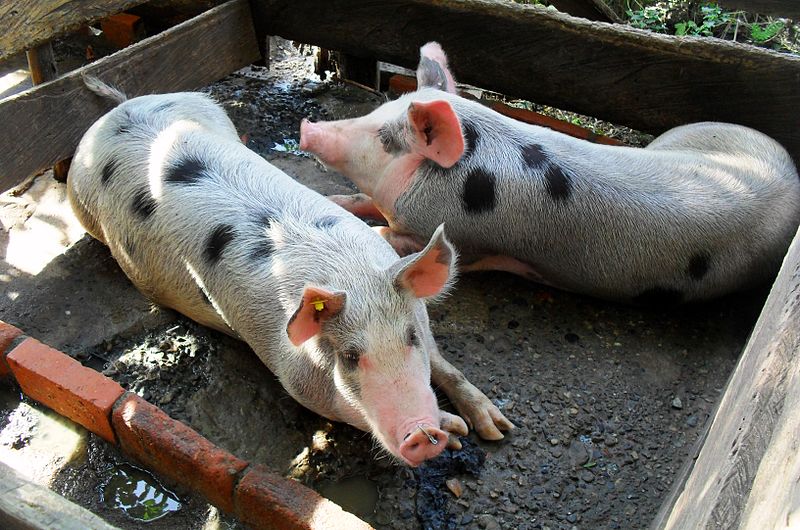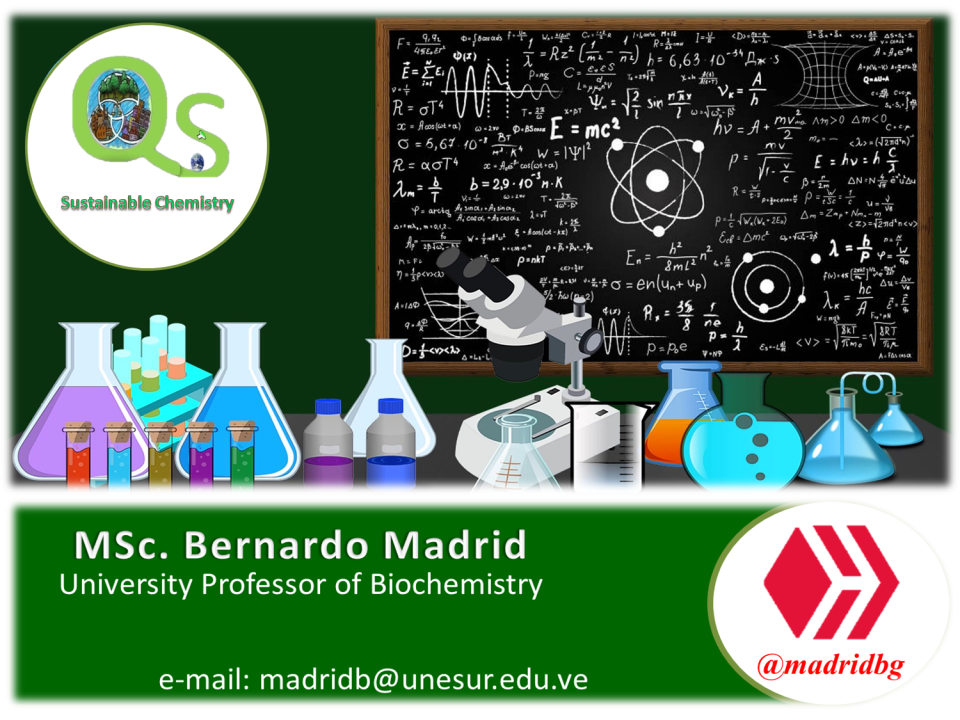Ginger or turmeric// Uses of the herbaceous species as antiviral

Author: @madridbg, through Power Point 2010, using public domain images.
Welcome dear readers of this prestigious platform, may this publication serve to address the benefits that nature offers us and which allows us to combat some species of viruses that threaten our health and that of our animals.
Therefore, we will be addressing the use of turmeric also known as ginger, in the treatment of TGEV virus (transmissible gastroenteritis), which usually occur in pigs or piglets. As has been a constant in my publications, this type of material will be shared through the members of the @project.hope community, who have shown a growing interest in scientific-technological content.

Fig. 2. Schematization of the ginger or turmeric plant. Author: Franz Eugen Köhler, Köhler's Medizinal-Pflanzen
As an opening of this publication, it is necessary to highlight the characteristics and behavior of the Transmissible Gastroenteritis of Swine (TGE) virus, which is considered as a highly infectious disease that has as etiological agent the TGEv virus, belonging to the coronavirus family.
This type of infection is characterized by causing atrophy in the intestine of pigs, generating the appearance of diarrhea, dehydration and vomiting, with a high mortality rate. Although there is currently no cure for this infection, vaccines are applied, which in many cases are ineffective in preventing its spread.

Fig. 3. The swine species is the most affected by the virus. . Author: EEIM
That is why the Journal of General Virology has described a promising treatment based on the use of curcumin as a mechanism to stop the spread of TGEv. Chemically, this substance is a diarylheptanoid of natural origin that occurs in enolic form when dissolved in non-polar substances, it belongs to the curcuminoid family and is generated by a process called tautomerization.

Fig. 4. Representation of the structure of curcumin. Author: User:Mysid
To evaluate the efficiency of the aforementioned compound, the researchers used cultures that were treated with different concentrations of curcumin and observed that the higher the concentration of the substance, the lower the virus levels in the cell culture.
The research suggests that the material attacks the virus on two fronts: on the one hand, it integrates into the viral envelope and inactivates it; on the other hand, it alters the cell's metabolism and thus prevents its proliferation.
According to Lilan Xie, active researcher of the project:
"The inhibitory effect of curcumin is highly relevant in the research as it prevents the uptake of TGEv and as a consequence the inactivation of TGEv, thus inferring its usefulness n the prevention of the virus."
Beyond the research in development, curcumin has been shown to have anti-tumor, anti-bacterial and anti-inflammatory properties, as if that were not enough it has been used in the treatment of dengue, zika and hepatitis B.
In this regard, in vivo evaluations are still awaited that will allow us to determine for certain the efficacy of the chemical under study. Therefore, if you found this article interesting, I invite you to leave your contribution in the comments section.
BIBLIOGRAPHY CONSULTED
[1] Rodriguez E, et al (2005) Transmissible gastroenteritis in pigs: a challenge for the swine industry REDVET. Revista Electrónica de Veterinaria, vol. VI, no. 7. pp. 1-11 Veterinaria Organización Málaga, Spain. Article: Online Access
OF INTEREST
•

Grateful with the community @project.hope and with all the management team of the same one that they motivate us to continue working in a mutual and balanced growth.


https://twitter.com/BGMadrid/status/1361795226130604034
#posh twitter
https://twitter.com/BGMadrid/status/1361795226130604034?s=20
Greetings dear Professor @madridbg
Thank you for highlighting in this extraordinary publication the benefits that our mother nature gives us, certainly turmeric exhibits multiple phytopharmacological potentialities, among which stand out antiviral and tumor effect. Good post. Best regards, we keep reading.
Hello @lupafilotaxia thank you in advance for stopping by and leaving your comment, no doubt every day nature surprises us with its great kindness, how simple it would be to repay the large number of resources that this gives us, the only thing we must do is live under principles of sustainability and balance. Greetings
Greetings dear friend @madridbg.
An extraordinary content that you share with us in this opportunity related to ginger as an antiviral use, this type of content has a great value for all of us as it allows us to take care of our health and in these times even more.
I really enjoyed reading your excellent material, thank you for sharing it.
Dear Professor.
What studies show about the curcumin activity on viral diseases seems very promising. It has caught my attention, however, that you wrote turmeric is also known as ginger. Turmeric and ginger are different plant species. Both belong to the Zingiberaceae family, but the binomial name of the former is Curcuma longa, and the binomial name of the latter is Zingiber officinale. Also, I think both plants have different chemical properties.
Best regards.